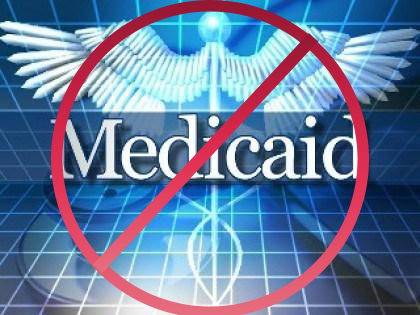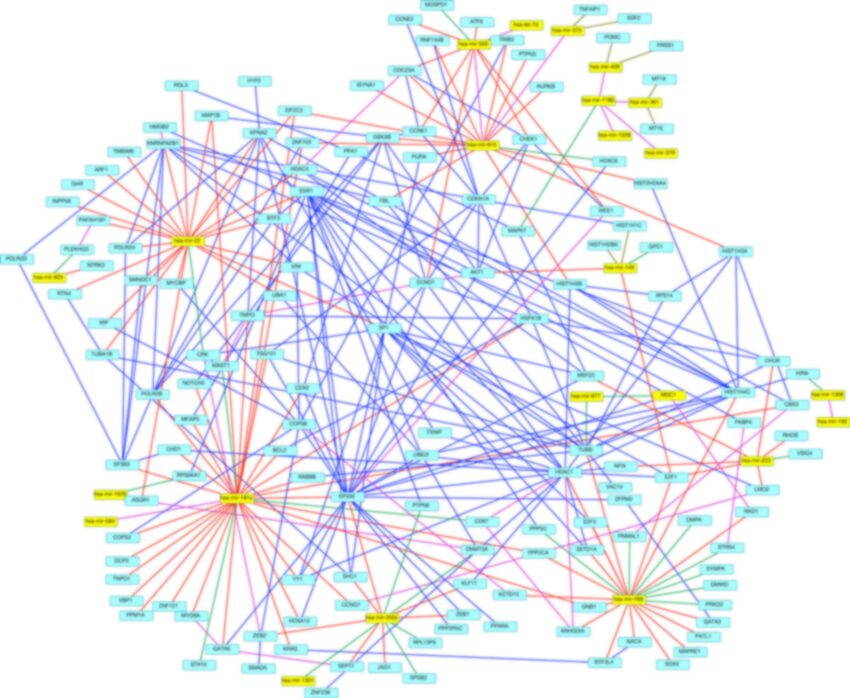Alliance Statement on Congressional Budget
AdvocacyThe Alliance Comments on Recent Congressional Budget and Reconciliation Activity
ALEXANDRIA, VA and WASHINGTON, DC, March 5, 2025 – The National Alliance for Care at Home (the Alliance) released the following statement regarding recent legislative developments that may impact the Medicaid program. These include the passage of the House Budget Bill and the reconciliation framework that includes instructions for the House Energy and Commerce Committee to find $880 billion in reductions to programs under its jurisdiction; passage of the Senate Budget framework that does not include such drastic reductions; and comments by Speaker of the House Johnson (R-LA) that any changes to Medicaid will not include caps on federal funding or changes to the state matching formulas.
“The Alliance is reassured by affirmations that the congressional majority will not pursue some of the most drastic proposals previously discussed as options for reducing federal expenditures. Our members will not support any policies that reduce access to essential home and community-based services for eligible individuals. As Congress continues to assess options to reduce federal spending, we encourage leaders to continue to look favorably on high-value services that reduce costs and improve participant satisfaction.

“Care in the home is a proven model that reduces costs and is preferred by patients and families. An independent evaluation of Money Follows the Person, a grant program that transitioned individuals from institutional settings to the community, found that total spending on older adults decreased by 20 percent during the first year and 27 percent during the second year following their move to the community.[1] If Congress wishes to seek opportunities to reduce spending, we recommend they advance care models that provide cost-effective care without limiting access to services.
“We also recognize that there are opportunities to strengthen program integrity and reduce instances of fraud, waste, and abuse in the health care sector. The Alliance supports actions that reduce fraud, waste, and abuse from bad actors without placing unnecessary burdens or unfairly punishing providers and beneficiaries who are acting in good faith. We look forward to working with Congress to advance policies that strengthen federal health care program oversight.
“Medicaid is a complex program and changes to one part of the statute may have unanticipated negative outcomes on other aspects of services, financing, or reimbursements. We encourage Congress to be extremely careful to avoid making changes that could lead to unintended outcomes. We stand ready to provide our expertise to help strengthen Medicaid for all individuals and providers.”
# # #
About the National Alliance for Care at Home
The National Alliance for Care at Home (the Alliance) is a new national organization representing providers of home care, home health, hospice, palliative care, and other health care services mainly delivered in the home. The Alliance brings together two organizations with nearly 90 years of combined experience: NAHC and NHPCO. NAHC and NHPCO have combined operations to better serve members and lead into the future of care offered in the home. Learn more at www.AllianceForCareAtHome.org.
[1] https://www.medicaid.gov/medicaid/long-term-services-supports/downloads/mfpfieldreport21.pdf
© 2025. This press release was orginally published on the National Alliance for Care at Home website and is reprinted here with permission. For more information, please see contact information above.



















